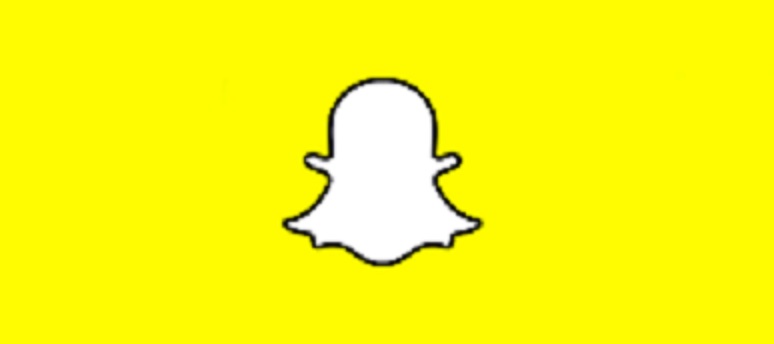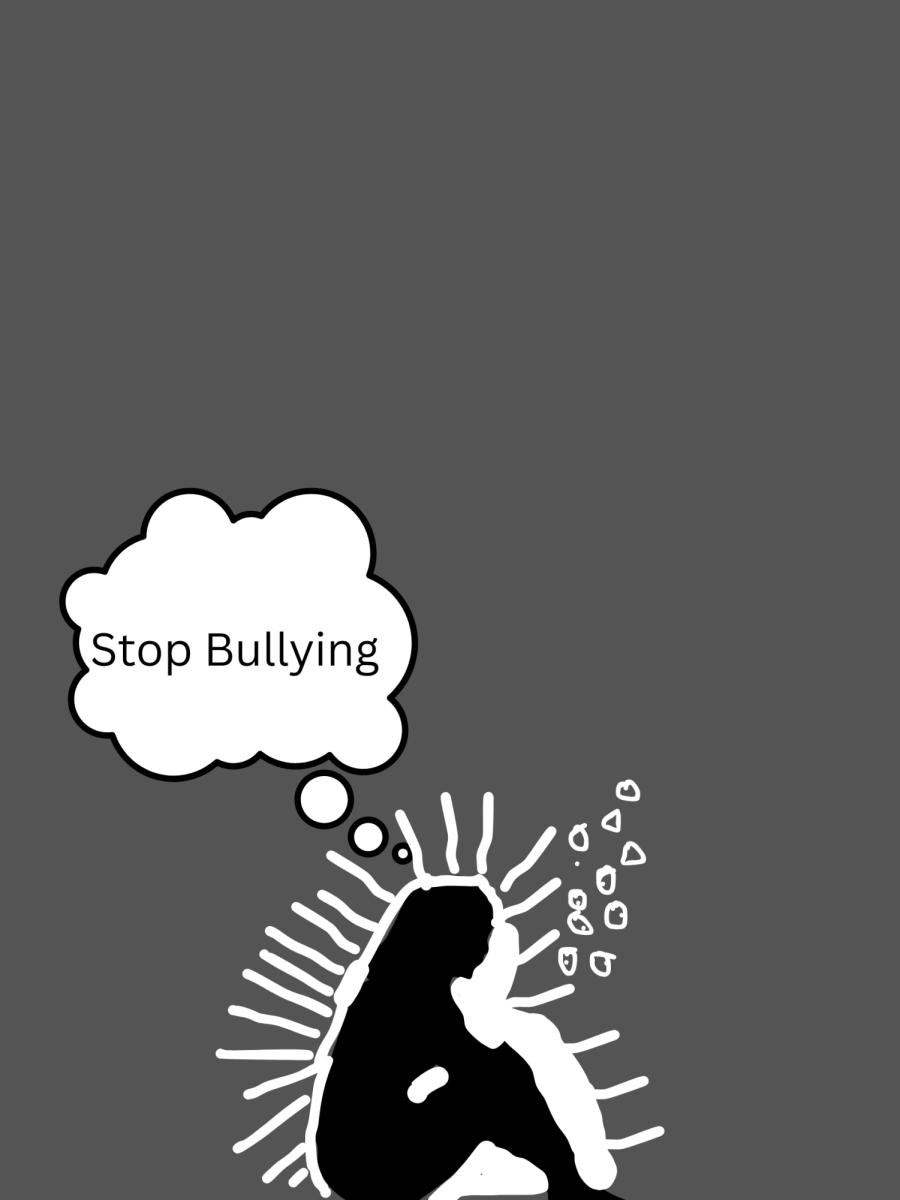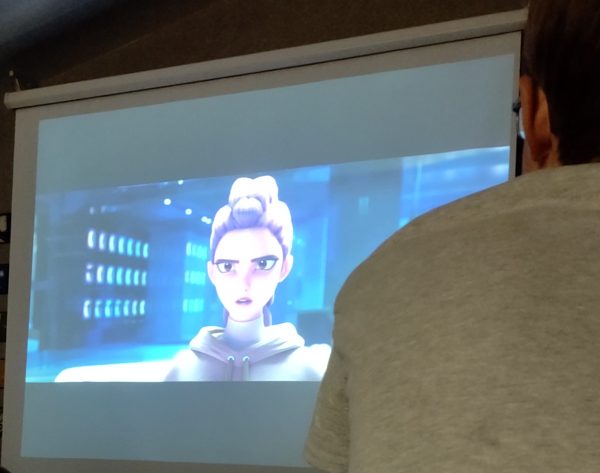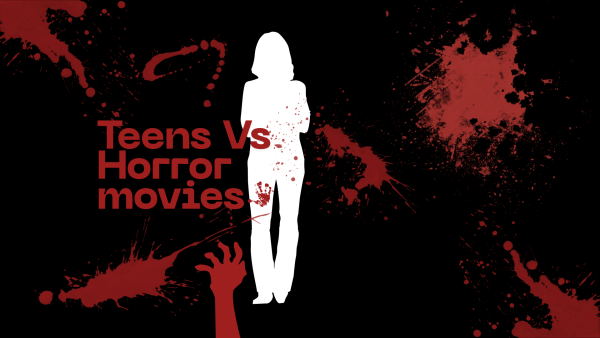Snapchat has something interesting to show
October 30, 2015
Snapchat is a popular app that was developed by a small team of Stanford University students, launched in September 2011 and is available for both iOS and Android devices. It has entered the elite club of social apps with more than 100 million monthly users, according to people who have been briefed on the company’s internal metrics. The majority, or roughly two-thirds of those users, log on to the ephemeral-messaging service daily. It lets people send pictures or videos to other Snapchatters, but only for up to ten seconds–unless they want to screenshot it and keep it in their own camera roll.
Snapchat has come up with many new updates. Most users already know of the yellow heart which means that user is their number one best friend. These certain users send the most snaps to this person, and they send the most snaps back.
The red heart means the user has been number one best friends with the other for two weeks straight. A pink heart means that the user is number one best friends with each other for two months straight. If a user has a baby face emoji then it means they have just become friends with this person. If there is a emoji face with sunglasses then it means one of the user’s best friends is one of their best friends. The grimacing face means the user is one of their best friends …but they are not a best friend of the user’s. The user doesn’t send them many snaps, but they send a lot to the user. A smiley face is another best friend who is listed, but not specifically number one. The fire emoji means that a snap streak is going on! The 100 emoji appears next to the fire when a user snaps back and forth with someone for one hundred days in a row. Many haven’t heard about the new emoji that’s been added yet. It’s a gold star which means that someone has replayed this person’s snaps in the past 24 hours. They must have something interesting to show. “I don’t like the new star emoji on Snapchat because then my crush will know if I replayed their story, but then I do like it because then I’ll know if he replayed mine. It’s like a win-lose situation,” Kobe Vaituu says. Maule’o Funaki said, “when you share a photo on Instagram, you’re broadcasting to the world. When you share a photo or video on Snapchat, you’re sharing a moment with chosen friends. This is a much more personal experience.” Katina Taukeiaho shares, “I like the discover feature for Snapchat. We get to see what’s going on across the world, and stay in tuned with the world’s news through short clips. I don’t really like the new gold star because I don’t see why people care if I replay their story. Maybe I like the pizza you took a picture of or your friend, who knows.”
This app has so much power. Snapchat isn’t just for coaxing smiles out of students. So many young adults are using the app and it makes it a perfect tool to send out campus news. One benefit of using Snapchat this way is that it sends the information directly to a prospective student or current student’s phone, which they are more likely to see than an e-mail.
Having a story on snapchat is a photo or video users can post to their very own feed and it’s visible to themselves and all snapchat friends. According to comScore, Snapchat has passed Twitter as the third most popular social application among younger generations. Many people like using Snapchat because it can be a fun way to interact with friends and show fun events. Most do not know about the University Snapchat accounts and the geofilters that come along. Snapchat says that geofilters are special overlays for Snaps that can only be accessed in certain locations. Several universities and colleges have noticed the fun in this and have begun to pick designs from students. They want to interest students to learn more about other campuses and how life is in different locations. It’s a great idea for those who want to know about other student’s school spirit and culture as well. Students can simply add universities and schools that have accounts on Snapchat and learn more about them. A lot of people have come to an agreement that receiving brochures and emails from universities can be a little too old-school. Universities and college officials are looking for new ways to reach out to a generation raised on smartphones and instant image-based apps like Instagram and Snapchat. Students love learning and discovering new things on Snapchat.





